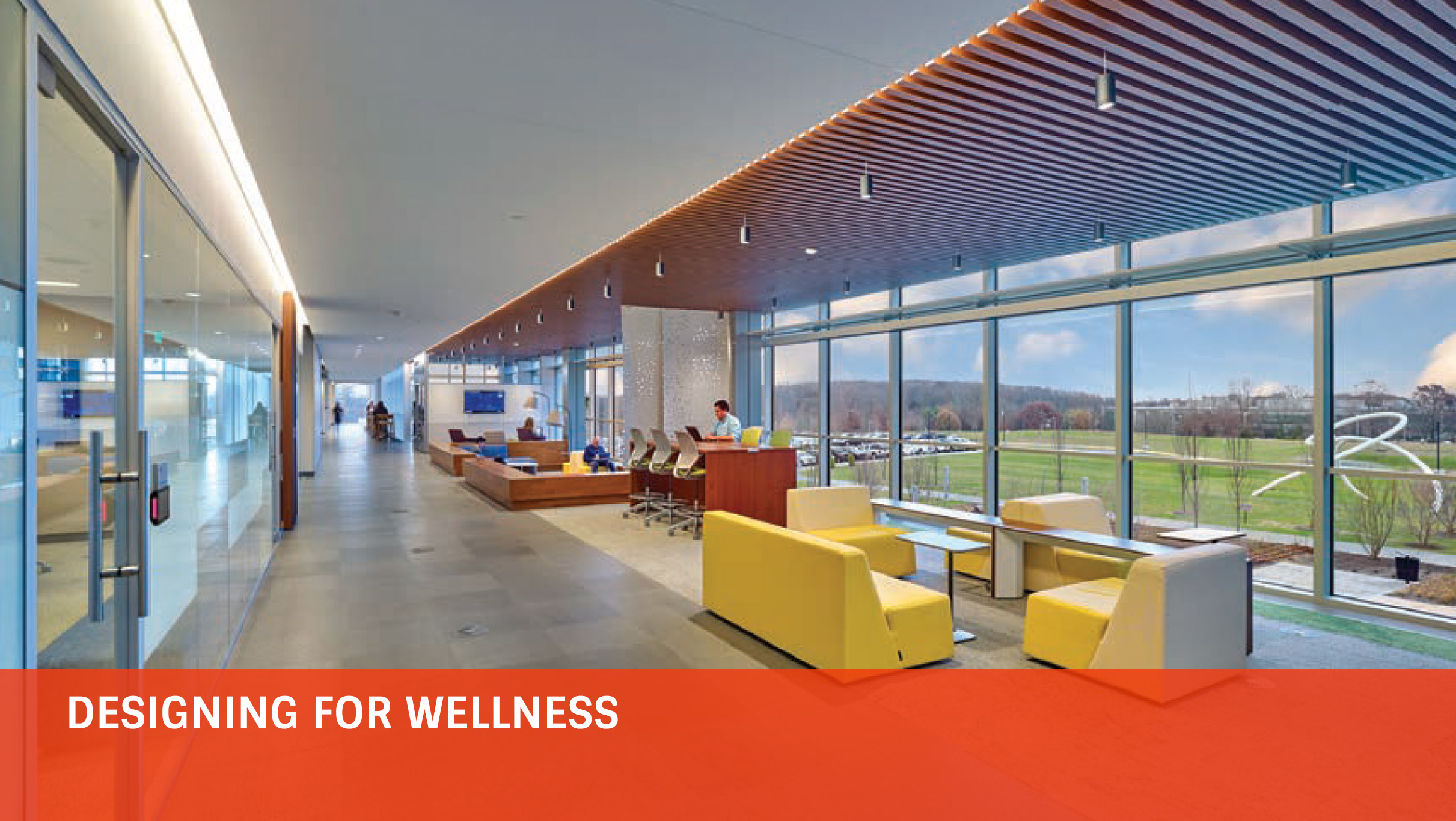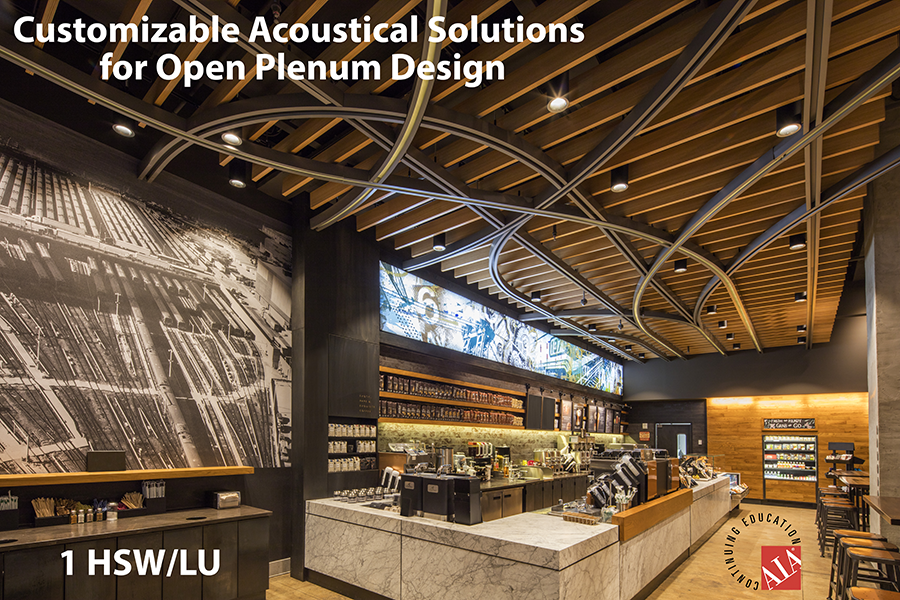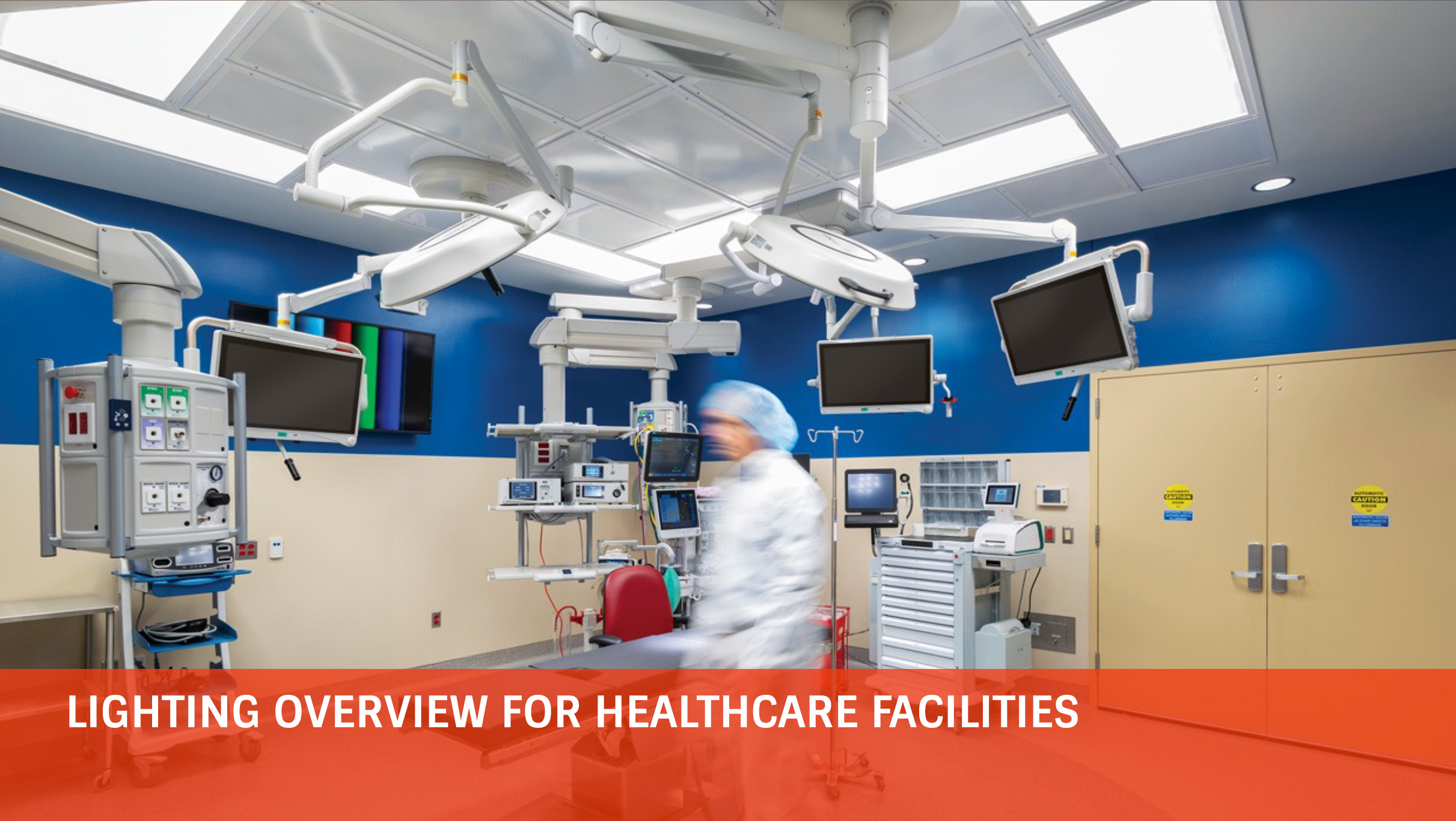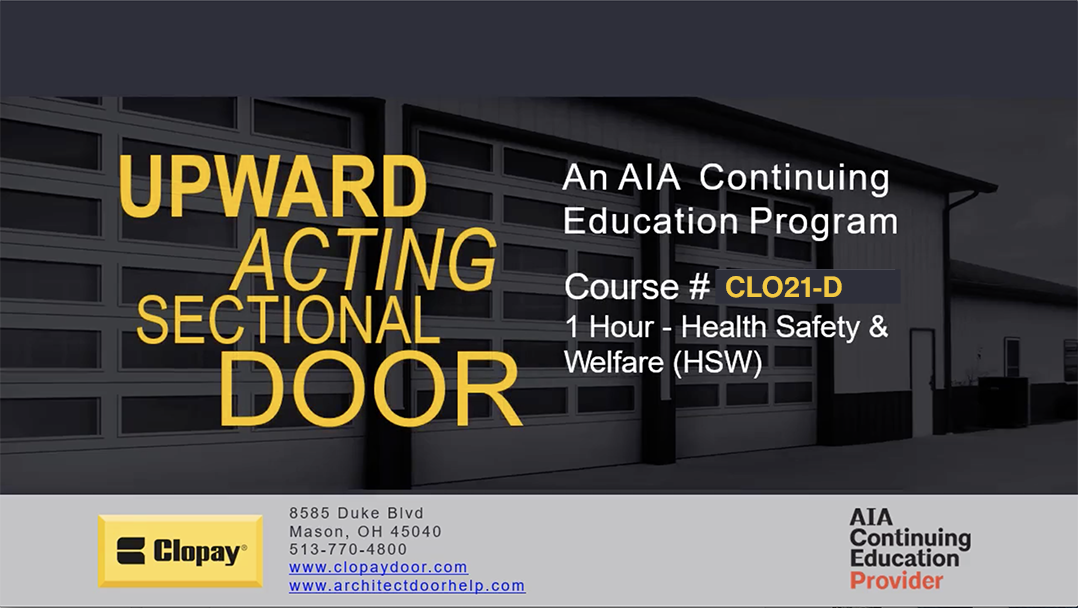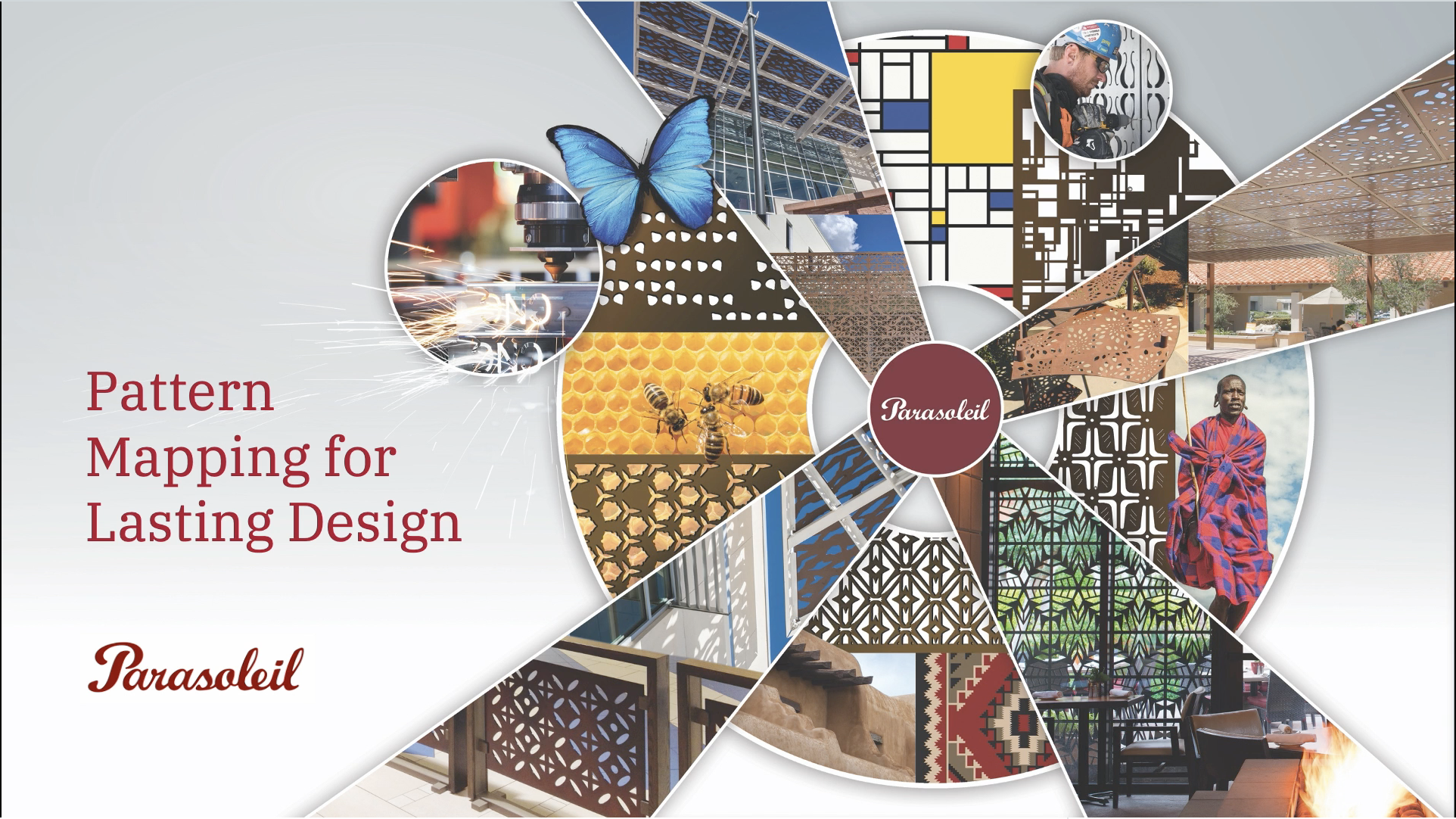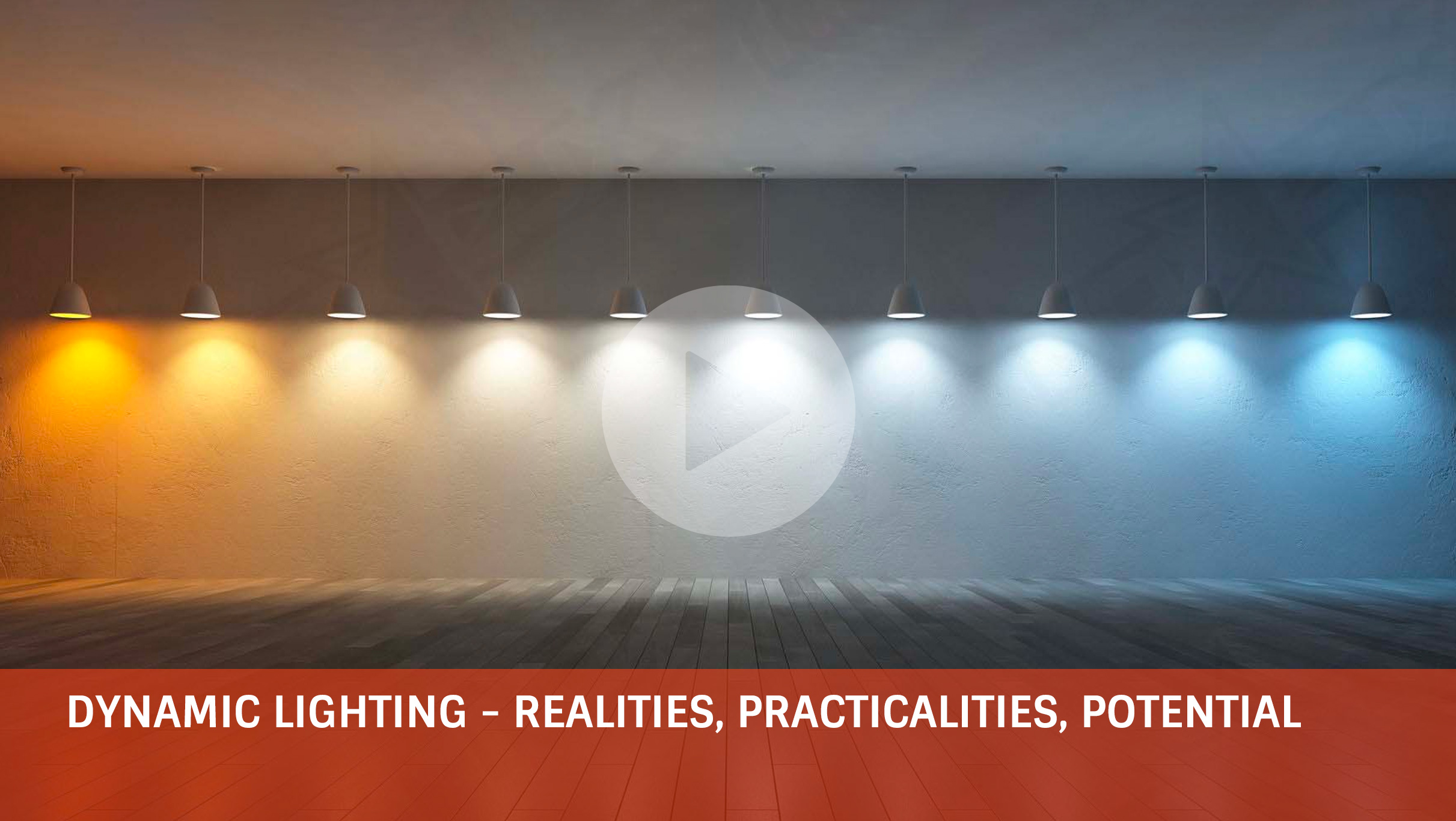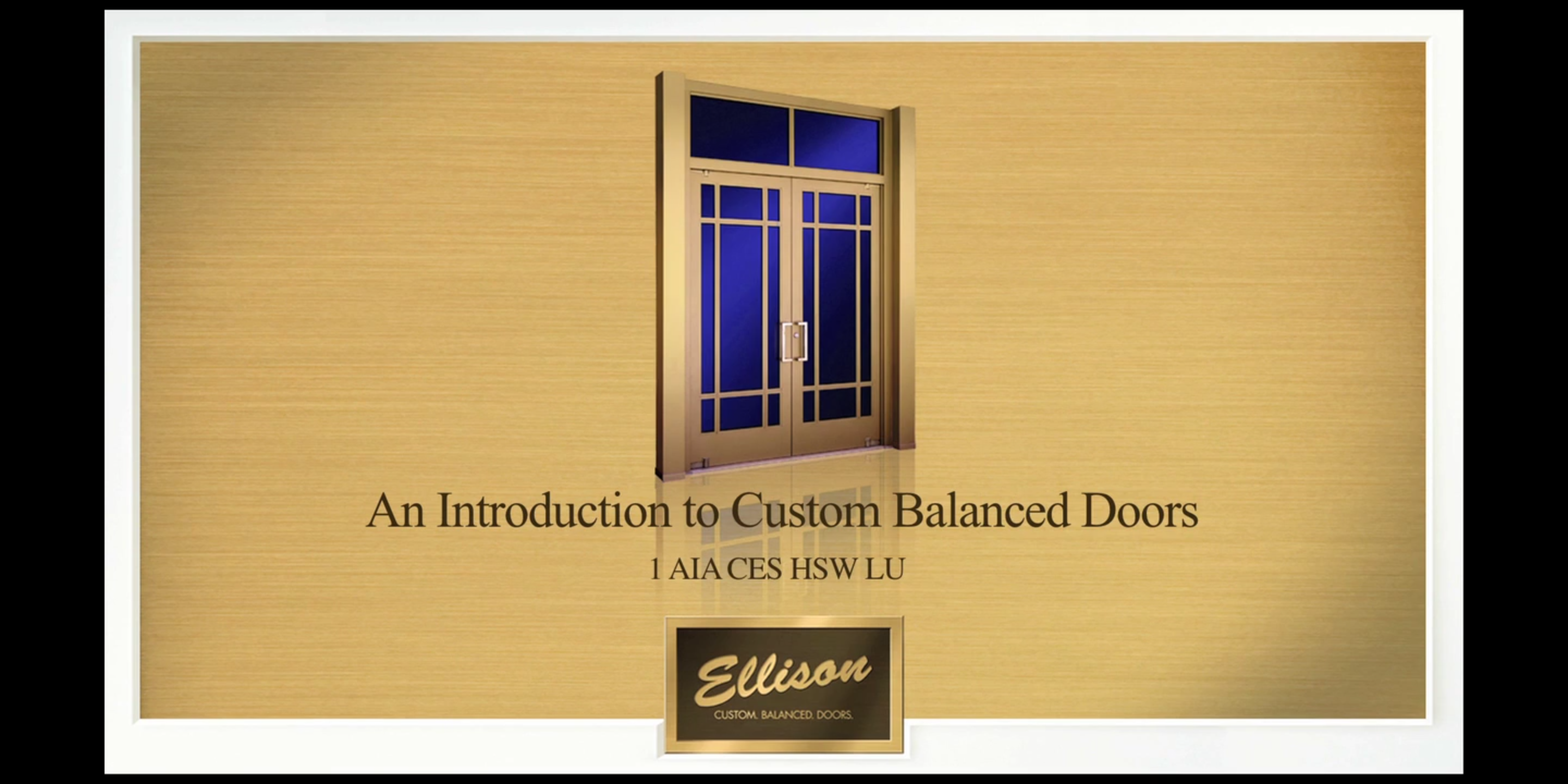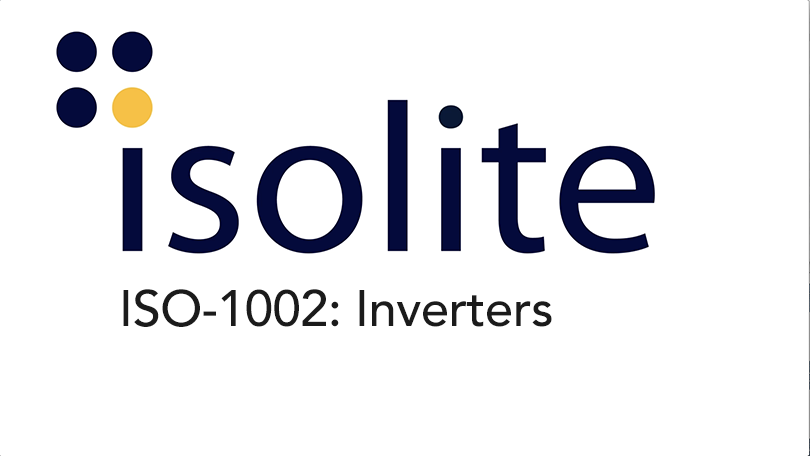Composite Panel Products – Division 6 Materials & LEED® Credits
This course will equip participants to compare features, benefits and limitations of particleboard and medium density fiberboard (MDF) with considerations of product grades and their physical properties for proper end-use selection.
Learning Objective 1:
To help students understand the health benefits of composite products and how testing is an essential means to verify performance.
Learning Objective 2:
To explain to attendees the alternative resin technologies used in the manufacturing process.
Learning Objective 3:
To help students to become familiar with various composite panel products and their environmentally-friendly make-up.
Learning Objective 4:
To familiarize attendees with the variety of ways that composite panels contribute to LEED credits.











